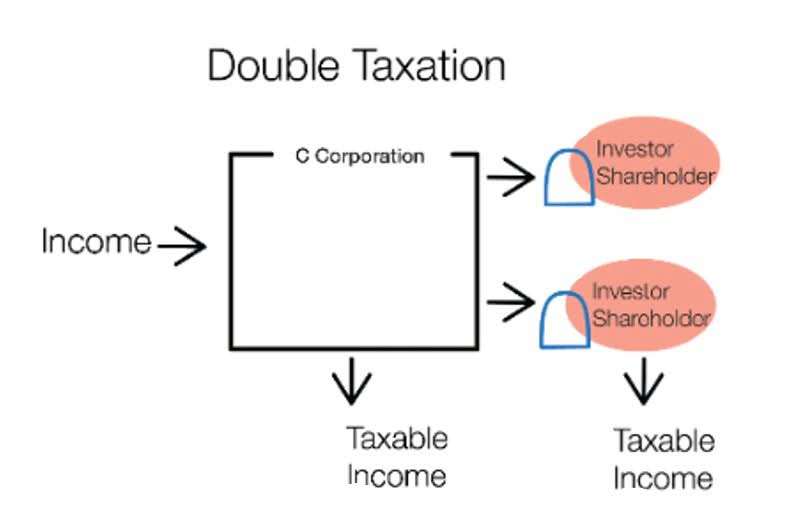Easy Formula Steps On How To Calculate Common Stock
Since repurchased shares can no longer trade in the markets, treasury stock must be deducted from shareholders’ equity. Preferred stock gets its name because it has higher priority than common stock for dividend payments and liquidation payments (sales of company assets in the event of bankruptcy). In other words, those shares are preferred over common shares when there’s a question about who gets paid first. As a result, preferred stock dividends are usually higher and more reliable than common stock dividends. Companies can raise, lower or even stop paying their common stock dividends at will, whereas preferred dividends are generally fixed. Equity represents the residual interest in the company’s assets after liabilities are deducted.
Shareholders Equity Calculation Example
It is the lifeblood of a company’s equity, offering insight into the value and health of an organization. But how do we navigate the labyrinthine complexities of common stock calculation? Fear not, for we are about to demystify this process, unveiling the hidden wealth buried within financial statements. Earnings per share (EPS) is a company’s net income divided by its outstanding shares of common stock.
- Shareholders receive a return on their investment in the form of dividends.
- Calculating common stock on the balance sheet provides transparency into a company’s ownership structure.
- But how do we navigate the labyrinthine complexities of common stock calculation?
Finding the Additional Paid-in Capital
It includes common stock, retained earnings, and other equity accounts. One downside of common stock is that it’s the lowest rung on the payment plan if things go wrong. For example, if a company goes bankrupt, preferred stockholders, creditors, and bondholders what are miscellaneous expenses must receive their payments first before common stockholders receive any money. Each stock is worth one share and investors can purchase multiple shares of stock at any given time. Shareholders basically own a piece of the company whose stock they hold.
Invest Smarter with The Motley Fool
Common stock represents ownership in a company, and shareholders who own common stock have voting rights and may receive dividends. Common stock is vital for equity investors as it grants them voting rights. Common stockholders can vote on important corporate matters like acquisitions, board composition, and other significant decisions. Another striking feature of common stock is that these stocks usually outperform other forms of securities, like bonds and preferred stocks, in the long run. In bankruptcy, the common stockholders receive nothing until the company fully pays off its creditors. Common stock exemplifies the risk-return trade-off by offering potentially higher returns due to its higher risk than other securities.
In the final section of our modeling exercise, we’ll determine our company’s shareholders equity balance for fiscal years ending in 2021 and 2022. After the repurchase of the shares, ownership of the company’s https://www.kelleysbookkeeping.com/what-is-simple-linear-regression-analysis/ equity returns to the issuer, which reduces the total outstanding share count (and net dilution). If we rearrange the balance sheet equation, we’re left with the shareholders’ equity formula.
When companies issue shares of equity, the value recorded on the books is the par value (i.e. the face value) of the total outstanding shares (i.e. that have not been repurchased). It happens when a company buys shares of its own stock from other investors. It typically gives its owner the right to vote on the company’s leadership — the board of directors.
Another reason for calculating common stock on the balance sheet is to help investors make informed investment decisions. Investors use the balance sheet to evaluate a company’s financial health and potential for growth. The calculation of common stock provides additional information about the company’s capital structure and how much money has been invested by shareholders. The book value of common stock represents https://www.kelleysbookkeeping.com/ the total amount of equity that shareholders have in the company. To calculate the book value of common stock, subtract any dividends paid to shareholders from the total amount of capital received from issuing shares of common stock. For example, if a company has received $120,000 from issuing shares of common stock and has paid $10,000 in dividends, the book value of common stock would be $110,000.
As a result, some of the data will be based on actual figures and some will be based on projections. Ariel Courage is an experienced editor, researcher, and former fact-checker. She has performed editing and fact-checking work for several leading finance publications, including The Motley Fool and Passport to Wall Street. Explore a career at one of the top investment banks with this free job simulation from JPMorgan. As you can see there are two different kinds of stock listed and a few different share counts. As for the “Treasury Stock” line item, the roll-forward calculation consists of one single outflow – the repurchases made in the current period.
Under a hypothetical liquidation scenario in which all liabilities are cleared off its books, the residual value that remains reflects the concept of shareholders equity. Shareholders’ equity is the residual claims on the company’s assets belonging to the company’s owners once all liabilities have been paid down. Shareholders Equity is the difference between a company’s assets and liabilities, and represents the remaining value if all assets were liquidated and outstanding debt obligations were settled. Next, you’ll need to decide specifically how you want to invest in common stock.
Common stock is a kind of security that represents ownership in a company. A stockholder or shareholder is someone who owns shares in a firm. Companies may issue stock to raise capital for business operations or to let insiders sell their shares.


















